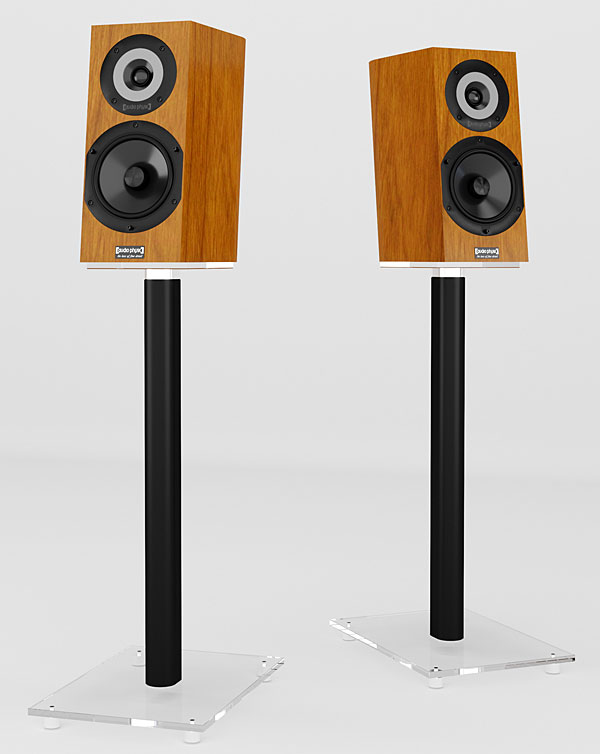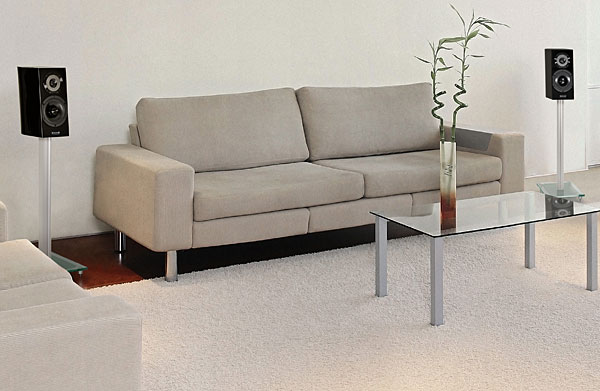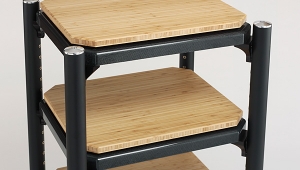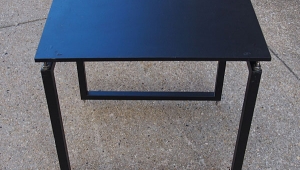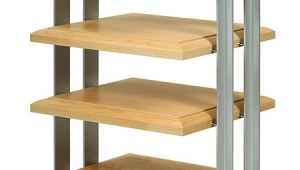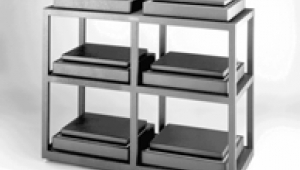| Columns Retired Columns & Blogs |
are the foundation of the Audiophile existence because of their superb Driver technology, design and build quality.
A nice representative Small European Loudspeaker will cost out around $2,500. Even the phenomenal Genelec 8020 Active Loudspeakers, made in Europe, will cost under $2,500!
But Audio Physic pretends to be German while sourcing in China.
Too bad for the replacement driver assurance program.
Yet another disappointment.
Tony in Michigan
